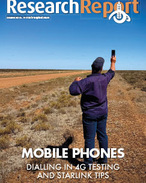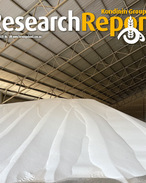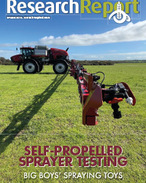This article is 3 years old. Images might not display.
There have been reports of wind erosion from across the region, with fire-affected areas particularly vulnerable to losing valuable topsoil, according to the Department of Primary Industries and Regional Development (DPIRD).
DPIRD senior research scientist, Paul Findlater, said the aim at this time of the year is to minimise soil disturbance and the risk of soil particles becoming airborne.
"This is particularly important for areas with low cover as a result of fire. It is important for landholders to keep livestock off paddocks and avoid disturbing the soil with machinery," Findlater said.
"Protecting topsoil will also help to improve paddock productivity and profitability for the growing season ahead," he said.
"The goal is to have at least 50 per cent groundcover, of which about 30 per cent should be anchored.
"This means reviewing stock numbers, limiting the movement of vehicles and protecting areas that could lead to soil blowouts, such as sheep camps, around gateways and laneways," Findlater said.
Stock management to preserve groundcover can include confinement feeding, feedlotting, agistment or selling stock before paddocks and stock lose condition, alongside careful feed budgeting.
"Landholders with burnt and eroded areas are encouraged to delay spraying summer weeds on those areas until there is about 50 per cent coverage, as the weeds will help to stabilise the soil," Findlater said.
"If rainfall occurs, there may be an opportunity to sow a cover crop, while germinating crop crowns or goof pasture roots may provide protection," he said.
"With widespread heavy stubbles throughout the Wheatbelt, it is important to maintain adequate groundcover as the 2022 growing season approaches.
"Landholders are also advised to delay soil disturbance, such as mouldboard ploughing, until it rains to reduce the risk of erosion, improve efficiencies and agronomic responses," Findlater said.
For information to mitigate the risk, visit https://bit.ly/39ZuKvB























